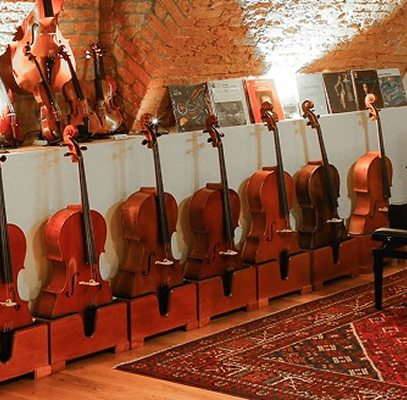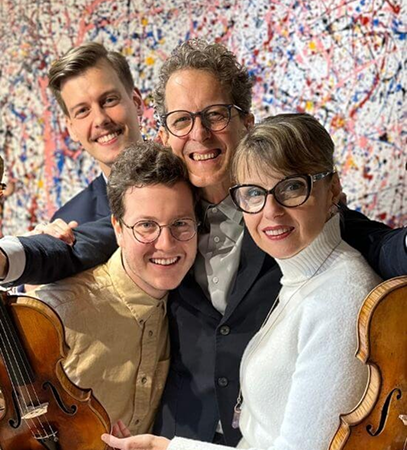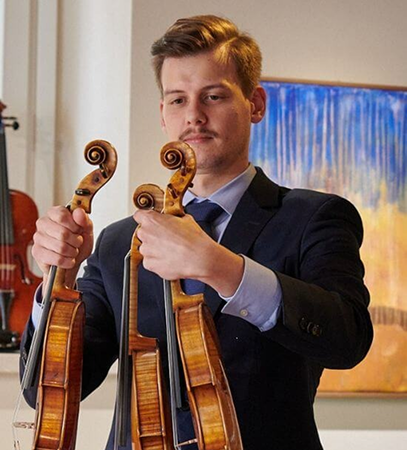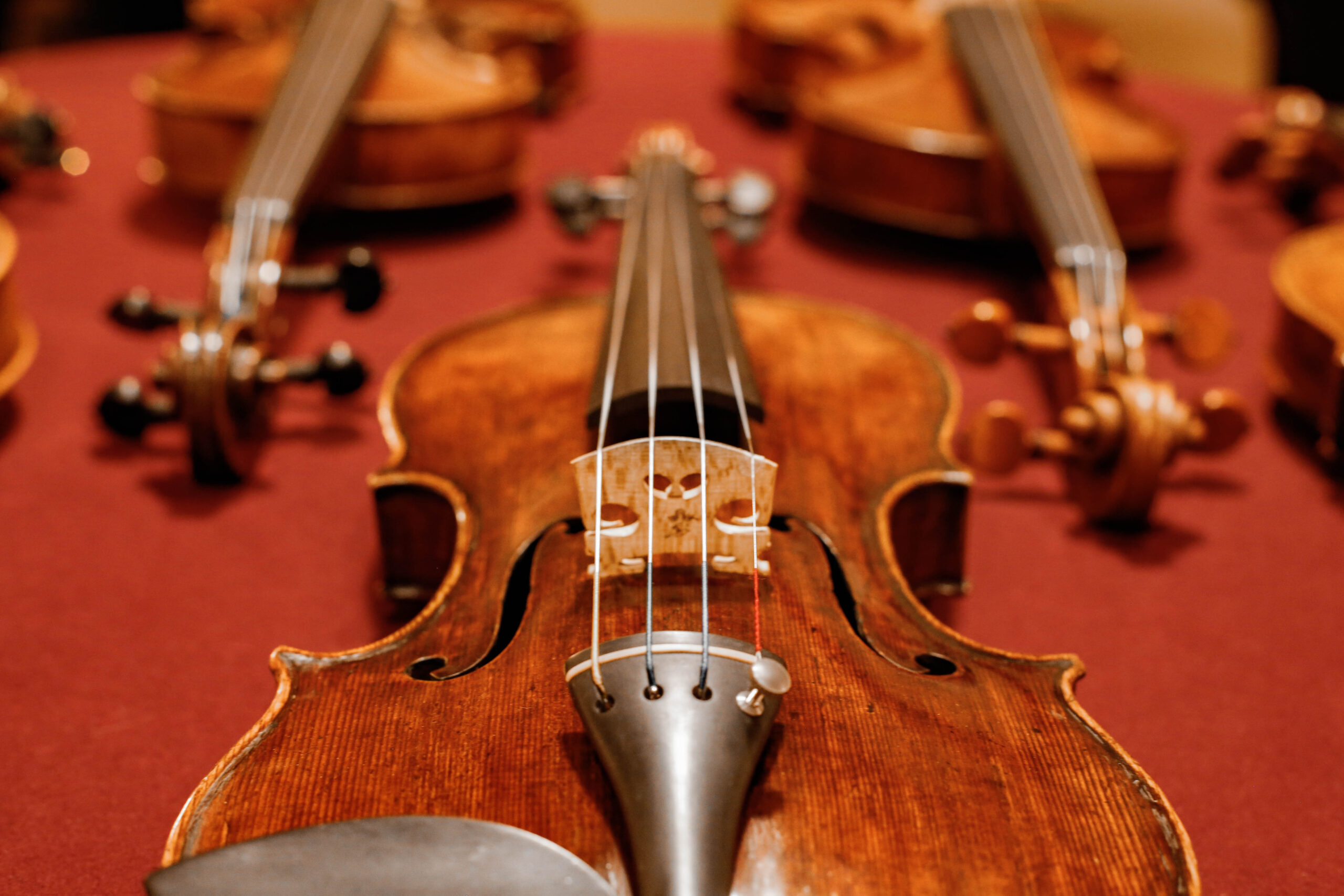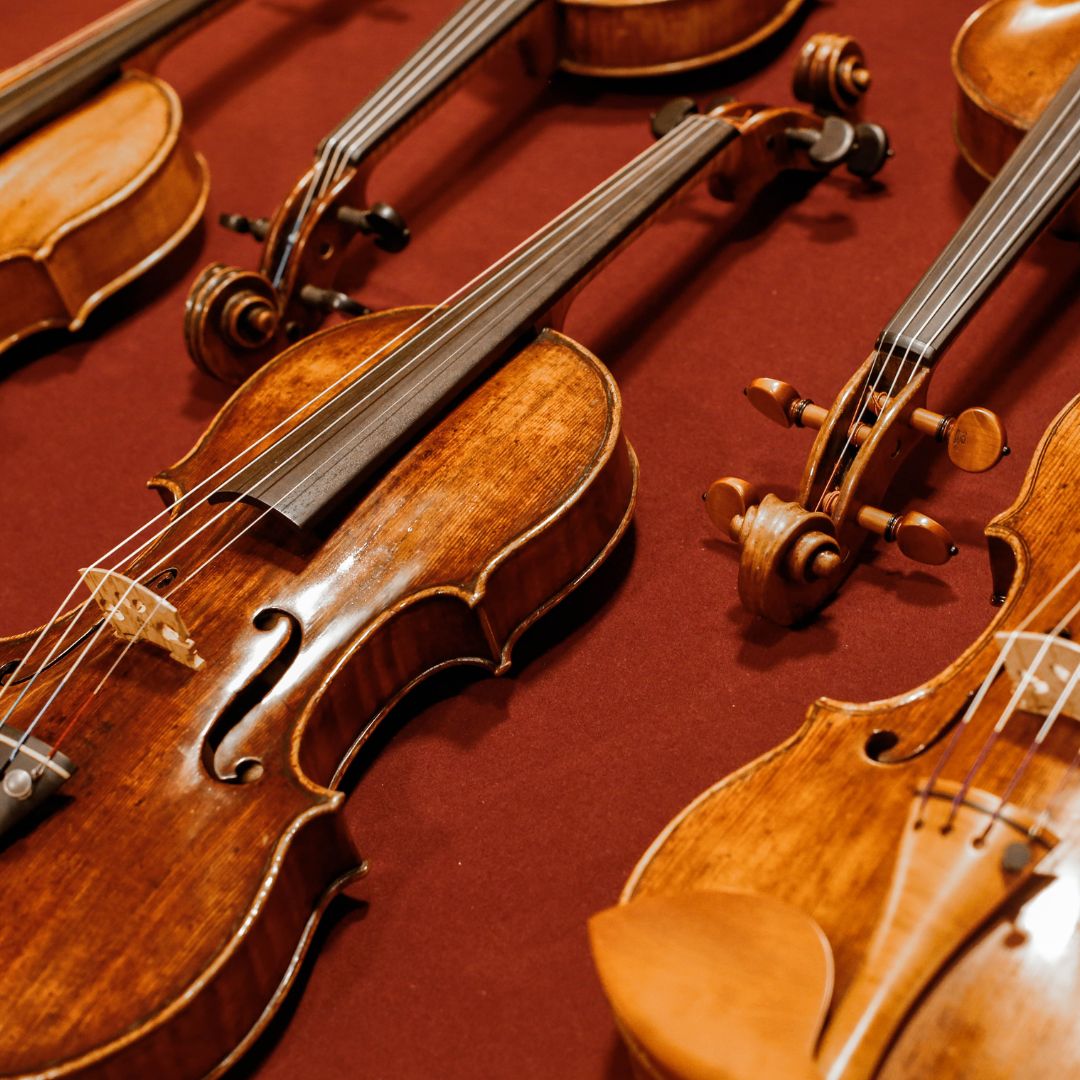
Why Rare Violins
Master‑made instruments are finite.
Their cultural significance, provenance, and demand from musicians and collectors create a unique profile among tangible assets. Rare violins hold enduring appeal because the supply is fixed—historic makers are no longer producing, and great examples are scarce. They are coveted not only for their musical qualities but also for their deep cultural resonance, sought after by performers, patrons, and museums alike. For many, owning such an instrument is more than an acquisition—it is an act of stewardship, preserving a voice from history while creating a personal legacy.
Expertise You Can Verify
Atelier experience with museum‑grade diagnostics to reduce uncertainty.
At Amorim Fine Violins, our approach combines deep craftsmanship knowledge with diagnostics to bring clarity before commitment. In our Amorim Lab, we employ advanced infrared and ultraviolet imaging, alongside structural assessments and material analysis, to uncover every relevant detail of an instrument. This is paired with meticulous provenance research, drawing on certificates, literature references, and historical archives to ensure a clear and verified history. We complement these insights with market intelligence, comparing recent sales and private transactions to set realistic expectations. Through our trusted network, we also offer discreet access to instruments and sellers that are rarely available to the public.
The Four Pillars of Value
Every acquisition we advise follows these fundamentals:
Maker & School: Reputation, period, and model influence desirability.
Provenance, Documentation & Condition: Clear ownership history, integrity and certificates protect value.
Price Transparency: Clear pricing through market comparisons and recent sales data, ensuring confidence in every acquisition.
Sound & Playability: The instrument’s voice matters—to musicians and the market.
Your Curated Path
Step 1 — Discovery
Strat with a private call, 30–45 min to clear goals, preferences, budget bands, time horizon.
Step 2 — Curation
1 to 3 proposals: shortlist with photos, notes on maker, condition, documentation, and sound profile.
Step 3 — Verification:
Lab diagnostics, provenance checks, expert opinions where needed.
Step 4 — Acquisition:
Negotiation, logistics, insurance guidance, and secure transfer.
Step 5 — Care & Strategy:
Set‑up/adjustments, periodic checkups, storage/insurance advice, and future resale pathways.
Book Now
Start with a Private Consultation
Notable Sales
Heritage, Provenance, and Exceptional Craftsmanship
Among our recent notable sales was a fine Matteo Goffriller cello, a remarkable work from the father of the Venetian school of violin making, with renowned provenance as the former instrument of one of the greatest cellists of our time. We also had the privilege of placing an outstanding Ferdinando Gagliano violin, a testament to the celebrated Neapolitan dynasty that shaped the city’s violin-making tradition for more than two centuries. Completing this selection was an exceptional 18th-century Italian masterpiece by Lorenzo Storioni, a fine example of the Cremonese school with excellent tonal projection, sold through private sale.
Get the Collector’s Brief
A concise guide to valuation, risk, care, and resale pathways—written for first‑time and seasoned buyers.

